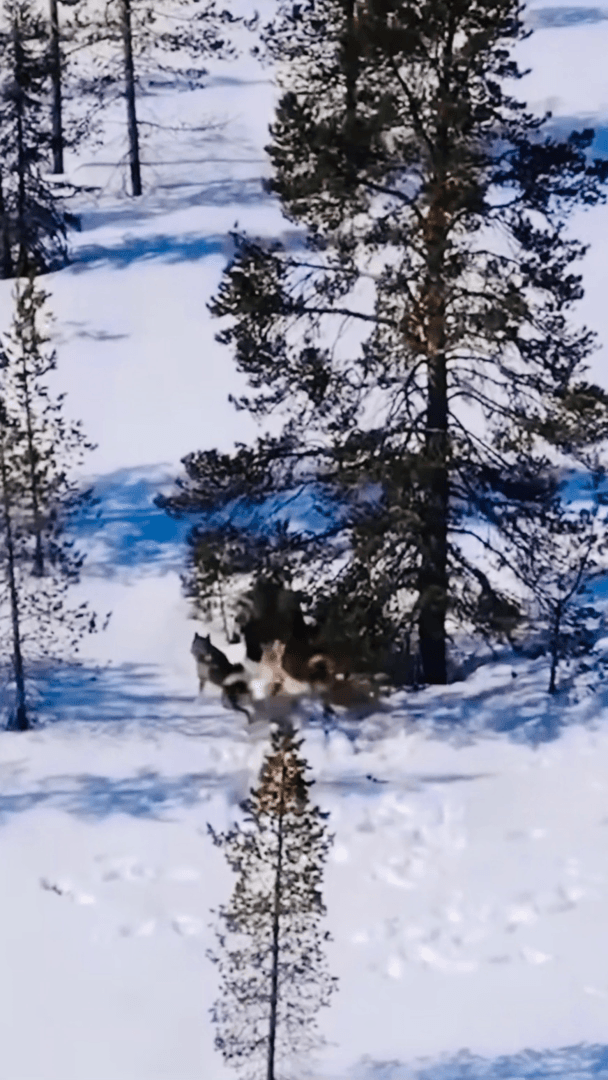
Hunting in Kamwenge, Uganda: Geography and Natural Features, Hunting Demographics, and Game Species Diversity (PART II) Laws and Hunting Seasons in Kamwenge Hunting in Kamwenge is governed by strict regulations to ensure the sustainability of wildlife populations. The Uganda Wildlife Authority (UWA) oversees hunting activities and issues permits for both local and international hunters. It is essential to obtain the necessary permits before embarking on a hunting expedition. Permits Required: Even subsistence hunters must follow UWA guidelines and obtain permits for their activities. This ensures that hunting is conducted in a sustainable manner and helps to prevent overexploitation of wildlife resources. Restricted Seasons: The hunting season in Kamwenge typically runs from June to September, coinciding with the dry season. During this period, the vegetation is sparse, making it easier to spot and track game. However, specific dates and regulations may vary, so it is advisable to c
Post: 23 July 08:12









































